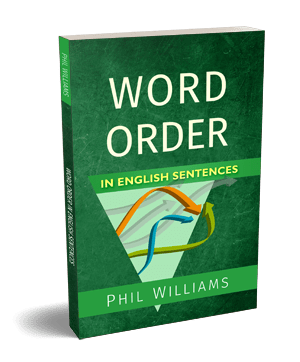If you’ve been following ELB for a while, you’ll know I like to run Halloween-themed posts around this time of year. A quick look at the keyword here brings up a range of vocab and reading exercises.
I got started early this month with an article on Shirley Jackson, describing her life and writing. It seemed apt to follow up with a study of an extract of her work. So today we have the opening paragraph of her most famous novel, The Haunting of Hill House – an opening praised by a great many people. Read it below and you’ll soon see why – but be warned, this is not simple, everyday English!

The Haunting of Hill House – Opening Paragraph
No live organism can continue for long to exist sanely under conditions of absolute reality; even larks and katydids are supposed, by some, to dream. Hill House, not sane, stood by itself against its hills, holding darkness within; it had stood for eighty years and might stand for eighty more. Within, walls continued upright, bricks met neatly, floors were firm, and doors were sensibly shut; silence lay steadily against the wood and stone of Hill House, and whatever walked there, walked alone.
What makes this paragraph so great?
A number of skills connect here for a lyrical whole, including Jackson’s careful choice of vocabulary, superbly structured. The nouns range from simple materials that easily conjure an image (wood and stone, walls, bricks, hills) to the specific larks and katydids, which evokes a more scientific mood and has a nice repeated ‘k’ sound.
Note also that while a lot of writers advise caution in using adverbs, there are many in this short passage: sanely, sensibly, steadily, neatly. They all complement each other, relating to a sense of order – perhaps not what you would expect from a haunted house, but effective because for that reason. This stirs a sense of permanence and immovability – it had stood for eighty years and might stand for eighty more – that is troubling for a haunted house!
The overall style helps build on that image, as the formal introduction (including passive and respectful phrasing, no live organism, by some) makes the story sound serious and creates a more believable atmosphere.
Another technique Jackson uses which many writers advise caution with is the semi-colon; here, she uses it brilliantly to weave the ideas tightly together. Indeed, this paragraph is only two rather lengthy sentences, drawing together what could be otherwise slightly mundane details in a close, tense flow.
Finally, the imagery of the “darkness” here is strikingly vague. The first sentence speaks of absolute reality, the second of darkness within and, most chilling, whatever walked there, walked alone. And there’s that sharp, unexplained contrast between the first, lengthy statement about dreams and reality and the dismissive aside that the house is not sane. The negatives surrounding this house are all the more unsettling for their uncertainty. This is a technique built on throughout the novel, which owes much of its success to how effectively Jackson doesn’t describe the threat – always uncertain, always frightening…
I hope you enjoyed the opening paragraph – there’s plenty to be said for the rest of the book, too, which is perhaps one our language’s most studied novels. As you can see, even a few opening lines can teach us a lot, so if you’re after a study in top-grade English, or just a good Halloween read, check the full book out now!







Trackbacks/Pingbacks